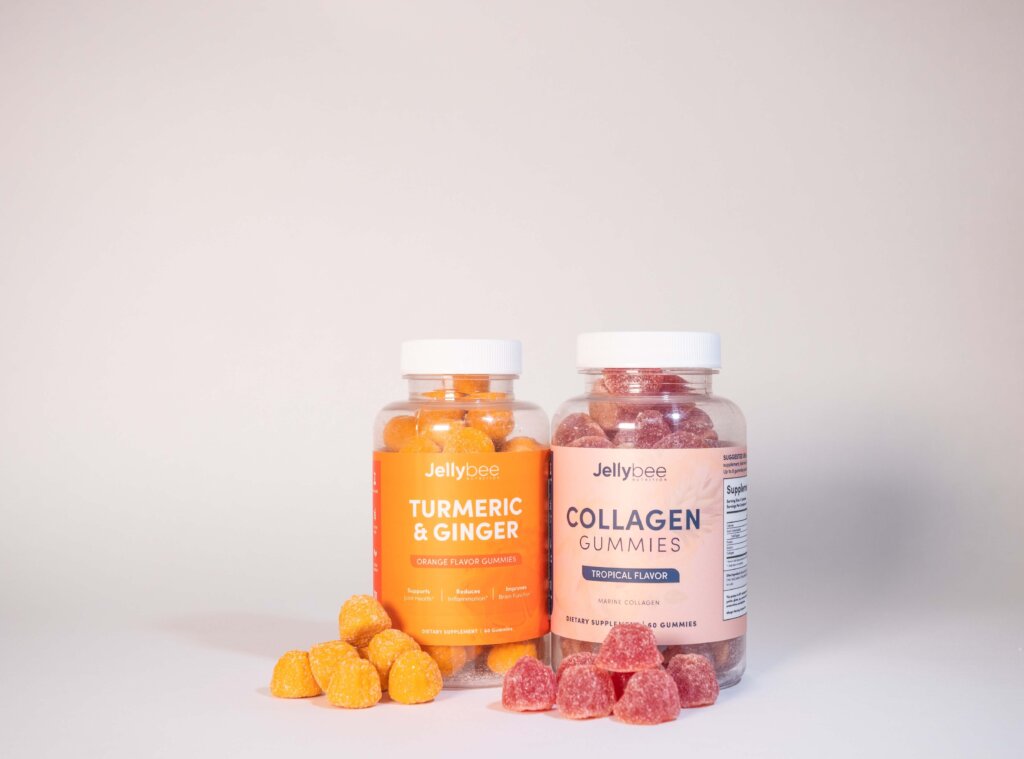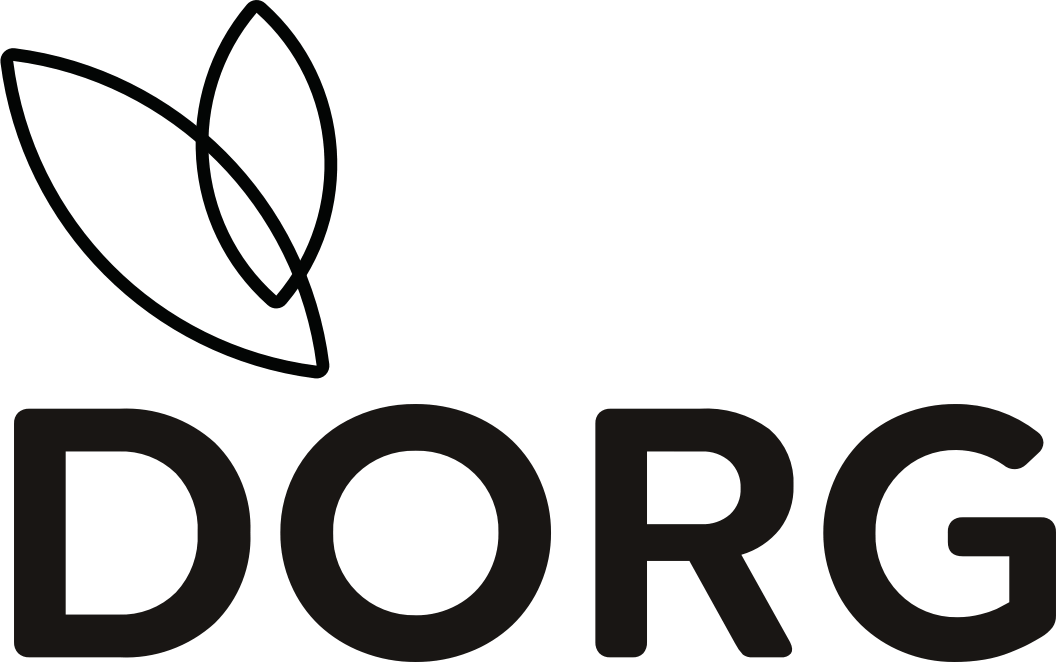Collagen is the most abundant protein in the human body, present in both bones and muscles, but also in tendons and skin. In fact, it is the substance that holds the body together, forming a lattice that supports our structure and has different benefits.
Endogenous collagen is the natural one, synthesized by our body, while exogenous collagen is synthetic and comes from external sources such as supplements. The former has an important health function, while the latter is used in cosmetics, where it finds various uses, including cellular reconstruction.
The Importance of Collagen: A Brief Summary
Below is some key information about collagen, which we will then go into more detail in the article.
As we said, it is found throughout the body, especially in the skin, bones, and connective tissue. Some types of collagen fiber, analyzed gram for gram, have been found to be stronger than steel. However, its production decreases both as a result of age and as a result of factors such as exposure to the sun and ultraviolet rays.
Finally, it can be used to attract new cells and repair damaged areas of the body. However, it is not possible to do this with collagen-based creams, as its cells are too voluminous to be absorbed by the skin.
What is Collagen?
Collagen is an insoluble, tough, fibrous protein that makes up one third of the proteins in the human body. In most collagen structures, the molecules are connected to form long networks of fibers. These crosslinks act as a support network in which cells anchor to each other. The effect? Give the skin strength and elasticity.
There are at least 16 different types of collagen sources, but about 80% of them are types 1, 2 and 3. These different types have different structures and functions. The common element is that collagen in the human body is strong and flexible.
Type one collagen fibers have the peculiarity of being elastic and, with the same grams, they are stronger than steel.
The function: what does collagen do?
Collagen is secreted by various cells, but mainly those of the connective tissue. It is found in the extracellular matrix, a tangle of macromolecules that determines the properties of the human body. A macromolecule is a molecule that contains a large number of atoms.

In both the dermis and the core layer of the skin, collagen creates a fibrous network of cells called fibroblasts, upon which new cells grow. Fibroblasts also play an important role in repairing damaged cells and replacing dead cells.
Some types of collagen also play a key role in the smooth functioning of delicate organs in our body, such as the kidneys.
With age, the body tends to produce less collagen, and this causes the structural integrity of our body to go towards a slow but progressive decline, which manifests itself with the formation of wrinkles, and with the appearance of small pains that they depend on the cartilage being reduced. This, in the female body, is also determined by menopause, which causes a drastic reduction in collagen synthesis, given that, after the age of 60, a reduction in collagen production is normal for everyone.
Uses of collagen in the medical and cosmetic fields

Collagen is resorbable. What does this mean? Which can be broken down, converted, and reabsorbed into the human body. It can also be worked to form reticulates with a milky or gelatinous appearance.
This makes it a surprisingly versatile element, also thanks to its many functions. And it is for this reason that it is widely used both in the medical sector and in the cosmetic field. In both cases, collagens of both human and animal origin are used, in particular from pigs, sheep or cows.
As almost everyone knows, collagen injections can be done to improve skin contours and fill in fine lines. Fillers containing collagen can be used to eliminate expression lines or the first signs of aging, of course, but also to improve the appearance of scars, as long as they are not too deep.
Filler for aesthetic dermatology
These fillers contain collagen which is usually of human origin or comes from the collagen of cows. Furthermore, before proceeding, we tend to conduct small tests, especially with regard to cow collagen, to make sure that this does not give rise to allergies. A warning: collagen can act as a filler only if it concerns superficial problems, while when the wrinkles are deeper, other substances such as silicone or human fat are usually used to fill them, or even implants are installed.
Wound dressing
Collagen can help wounds heal by stimulating the production of new dermal cells in damaged areas, thus supporting healing and providing the necessary cross-linkage for new tissue to grow.
This type of collagen infiltration is useful for chronic wounds that tend not to respond to other treatments, for wounds that are in contact with body fluids such as urine or sweat, and for grainy wounds, or where different types of tissue grow. But also in the case of necrosis or wounds that are about to enter necrosis, in the case of second degree burns, and in areas where stitches are applied or skin grafts are made.
On the other hand, the use of collagen is not recommended in the case of third-degree burns, when the wounds are covered by scabs, or for patients who may show sensitivity to products derived from cattle.
Guided tissue regeneration
The membrane cross-links formed by collagen have also found use in periodontal and implant therapy to promote the growth of specific cell types. In oral surgery, collagen implants can prevent cells from building up in wounds around the teeth, allowing the teeth the opportunity and space to regenerate.
The collagen-based membranes that are used in this case are also resorbable, so that the barrier does not have to be surgically removed.
Another use is that of the regeneration of nerve tissue and arteries. However, there have been episodes of thrombosis in these cases. Its use in case of osteoarthritis is also controversial, on which not all studies agree.
Skin revitalization

Many products containing collagen or marine collagen, including creams and powders, promise customers to revitalize the skin by increasing the levels of collagen in the body. This promise, however, falls short as the collagen cells are too large to be absorbed by the skin. However, there is a positive effect, and it is probably linked to the fact that these products have a very moisturizing effect. However, this does not mean that they really and directly affect the production of collagen.
These treatments are not even classified (or sold) as medicines, with the result that what advertising says about their effectiveness does not necessarily have to be the result of clinical trials. What do we mean by this? That advertising is to be taken with a grain of salt. For a real aesthetic effect, it is better to prevent the decline in collagen production.
How to prevent the progressive loss of collagen
While the creams have not proved effective, there are several techniques that have given remarkable results in terms of stimulating the production of endogenous collagen. The results, however, have even been seen in a truly almost hopeless sector such as that of stretch marks.
Even changing your diet can help in the production of endogenous collagen. A targeted diet should include: proline (egg white, cheese, cabbage, meat and soy), blueberries, blackberries and cherries, vitamin C, peanuts, red meat, and vitamin A (carrots and squash).
At the same time it is advisable to avoid those bad habits that negatively affect the production of collagen. First of all, consuming too many sugars, because this leads to a process in which sugars attack proteins to form new molecules which are then subtracted from the production of collagen.
The oxidative process caused by UV rays and chemicals contained in cigarettes, on the other hand, damages the collagen fibers by affecting the elastin. Furthermore, in the case of the sun, cellular reconstruction is also damaged, with the consequence that wrinkles are formed. Another cause is autoimmune disorders, due to antigens attacking collagen.
Again, genetic causes and the natural aging process cause dysfunctions in the collagen production process.
In this case the decrease of collagen can be slowed down, but not stopped. However, it certainly helps to avoid tobacco and exposure to the sun, as well as following a balanced diet, which not only allows you to look younger, but also to keep your bones, muscles and joints healthy.




